Home>Garden Essentials>Synthetic Grass – What Is Infill
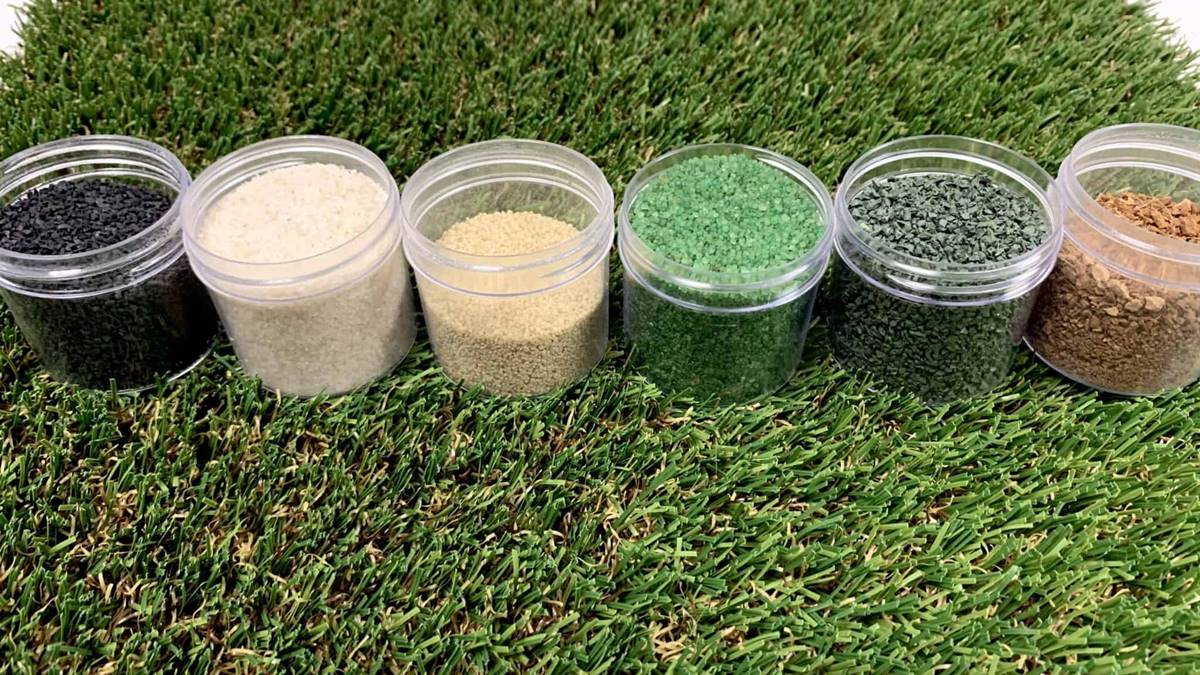

Garden Essentials
Synthetic Grass – What Is Infill
Modified: March 7, 2024
Transform your garden with synthetic grass that requires minimal maintenance. Discover the importance of infill and how it enhances your outdoor space.
(Many of the links in this article redirect to a specific reviewed product. Your purchase of these products through affiliate links helps to generate commission for Storables.com, at no extra cost. Learn more)
Introduction
Welcome to the world of synthetic grass, where the lush green beauty of a natural lawn can be replicated with artificial grass. Synthetic grass offers a low maintenance alternative to traditional grass, providing homeowners and businesses with a durable and visually appealing landscaping solution. However, achieving the perfect look and feel of a natural lawn requires more than just the installation of synthetic grass. Enter infill – a crucial component in the artificial turf installation process.
Infill refers to the material that is filled in between the synthetic grass blades. It serves several important functions, such as providing stability, cushioning, and support to the artificial grass. Infill also helps to enhance the overall performance and longevity of the synthetic turf, making it an essential element in the landscaping process.
There are various types of infill materials available, each with its own unique properties and benefits. The choice of infill material depends on factors such as climate, usage, and personal preferences. In this article, we will explore the different types of infill materials, their pros and cons, and discuss the factors to consider when choosing the right infill for your synthetic grass.
Key Takeaways:
- Infill is like the “glue” that holds synthetic grass together, providing stability, cushioning, and support. It’s important to choose the right infill based on factors like usage, climate, and budget.
- Different infill materials, like sand, rubber, and organic options, offer unique benefits and drawbacks. Consider factors such as intended use, maintenance, and pet-friendliness when selecting the best infill for your synthetic grass.
Read more: What Is An Infill
What is Infill?
Infill is the material that is added to the artificial turf to provide stability, support, and cushioning. It is placed between the synthetic grass blades to replicate the natural feel and function of real grass. Infill plays a critical role in enhancing the performance and durability of synthetic grass, making it an integral part of the installation process.
The primary function of infill is to provide a solid foundation for the synthetic grass blades, preventing them from matting or shifting over time. It helps to maintain the vertical position of the grass blades, ensuring a consistent and natural look. Infill also offers support and cushioning, making the artificial turf more comfortable to walk and play on. It helps to absorb impact and reduce the risk of injuries, especially when used in sports fields or playgrounds.
In addition to these functional benefits, infill also helps to improve the overall aesthetic appeal of the synthetic grass. It keeps the blades upright, giving the turf a full and lush appearance. It can also contribute to the cooling effect of the artificial grass by reducing heat absorption and reflecting sunlight.
There are different types of infill materials available, each with its own set of characteristics and advantages. The choice of infill material depends on several factors, including the specific application, climate, budget, and personal preferences. In the next sections, we will delve deeper into the various types of infill materials and discuss their pros and cons.
Types of Infill Materials
When it comes to infill materials for synthetic grass, there are several options to choose from. Each type of infill material has its own unique properties and benefits. Let’s explore the most commonly used types:
1. Sand Infill
Sand infill is the most traditional and widely used option for synthetic grass installations. It consists of small grains of sand that are spread evenly across the artificial turf. Sand infill provides stability and helps to keep the synthetic grass blades upright. It also increases the resilience of the turf, making it more suitable for heavy foot traffic areas. However, sand infill does not offer much cushioning and may not be ideal for sports fields or playgrounds where impact absorption is crucial.
2. Rubber Infill
Rubber infill, made from recycled materials such as shredded tires, is another popular choice for infilling synthetic grass. Rubber infill offers excellent shock absorption and provides a soft and cushioned surface. It is commonly used in sports fields and playgrounds to reduce the risk of injuries from falls. Rubber infill is also resistant to degradation and can last for many years. However, it can retain heat, making the artificial turf hotter during sunny days.
Read more: What Is An Infill Speed
3. Organic Infill
Organic infill materials, such as cork or coconut fiber, are natural alternatives to traditional infill options. These materials are eco-friendly and biodegradable, making them a sustainable choice for synthetic grass installations. Organic infill provides good cushioning and helps to regulate temperature, keeping the artificial grass cooler in hot weather. However, it may require more maintenance as it can decompose over time and may need replenishment.
4. Alternatives to Infill
In recent years, alternative infill options have emerged, aiming to address the limitations and concerns associated with traditional infill materials. These include antimicrobial infills, which help to prevent the growth of bacteria and reduce odors, and sand-rubber hybrid infills, which combine the benefits of both sand and rubber. These alternatives offer improved performance and durability, catering to specific needs and preferences.
When selecting an infill material, it is important to consider factors such as the intended use of the synthetic grass, the climate, budget, maintenance requirements, and personal preferences. Consulting with a professional synthetic grass installer can help you make an informed decision based on your specific needs.
Sand Infill
Sand infill is one of the most common and traditional options for infilling synthetic grass. It consists of small grains of sand that are evenly distributed across the artificial turf. Sand infill serves several important functions in the installation of synthetic grass.
One of the primary purposes of sand infill is to provide stability to the synthetic grass blades. By evenly distributing the sand throughout the turf, it helps to keep the grass blades upright, preventing them from matting or shifting over time. This ensures that the artificial lawn maintains a natural and consistent appearance.
In addition to stability, sand infill also offers increased resilience to the synthetic grass. The sand particles provide a firm base, making the turf suitable for heavy foot traffic areas. It helps the grass to retain its shape and bounce back after being subjected to pressure, ensuring the longevity of the artificial lawn.
While sand infill provides stability and resilience, it is important to note that it does not offer much cushioning. Unlike rubber infill, sand infill does not have the same level of shock absorption. Therefore, it may not be the best choice for sports fields or playgrounds where impact protection is crucial.
Another consideration when using sand infill is its potential to retain heat. Due to its composition, sand can absorb and retain heat, making the synthetic grass hotter, especially during sunny days. This can be a concern in regions with high temperatures, as it may make the artificial lawn less comfortable to walk or play on. However, this can be mitigated by incorporating cooling measures into the synthetic grass installation, such as applying a cooling infill or installing shade structures.
Despite these considerations, sand infill remains a popular choice for synthetic grass installations. Its affordability, ease of installation, and ability to provide stability make it a viable option for many homeowners and businesses. When considering sand infill for your artificial turf, it is essential to consult with a professional installer who can guide you on the appropriate amount of sand and the best practices for installation.
Rubber Infill
Rubber infill is a commonly used option for infilling synthetic grass, especially in sports fields and playgrounds. Made from recycled materials such as shredded tires, rubber infill offers several unique benefits that make it a popular choice for many installations.
One of the main advantages of rubber infill is its excellent shock absorption properties. The rubber particles provide a cushioning effect, reducing the impact when walking, running, or playing on the synthetic grass. This makes rubber infill ideal for sports fields, where athletes engage in high-impact activities that require maximum support and protection against injuries.
In addition to shock absorption, rubber infill also offers a soft and comfortable surface to walk on. It provides a slight bounce, mimicking the feel of natural grass while offering a more forgiving surface than other types of infill. This makes it suitable for playground areas where children can freely run and play without the risk of injuries from falls.
Another advantage of rubber infill is its durability. Rubber is highly resistant to wear and does not break down easily, making it a long-lasting option for synthetic grass infill. It can withstand heavy foot traffic and the rigors of sports activities, maintaining its performance and appearance over time.
However, one potential drawback of rubber infill is its tendency to retain heat. Rubber has a higher heat absorption capacity compared to other infill materials, which can result in hotter artificial turf surfaces. This may be uncomfortable for users, particularly in regions with high temperatures. To mitigate this issue, considerations such as incorporating cooling measures or selecting rubber infill with additional cooling properties can help to ensure a more comfortable playing or recreational experience.
Furthermore, the use of recycled rubber in synthetic grass installations is an eco-friendly choice. By utilizing shredded tires as infill material, it helps to reduce waste and promote sustainability.
When considering rubber infill for your synthetic grass, it is essential to work with a professional installer who can guide you on the appropriate type and amount of rubber infill to use. They can also ensure proper installation to maximize the performance and safety benefits that rubber infill provides.
Read more: What Is Infill Sewerage
Organic Infill
Organic infill materials offer a natural and environmentally friendly alternative to traditional infill options for synthetic grass installations. These materials, such as cork or coconut fiber, provide unique benefits and are gaining popularity among homeowners and businesses seeking sustainable landscaping solutions.
One of the key advantages of organic infill is its eco-friendliness. Organic infill materials are typically sourced from renewable resources and are biodegradable, making them a sustainable choice for synthetic grass installations. They do not contribute to environmental pollution or waste accumulation, aligning with the growing focus on reducing carbon footprints and promoting environmentally conscious practices.
In addition to their sustainability, organic infill materials offer excellent performance characteristics. Cork infill, for example, has natural shock-absorbing properties, making it an ideal choice for sports fields or playgrounds where impact protection is important. The cushioning effect helps to reduce the risk of injuries from falls and provides a safer surface for users.
Coconut fiber, another popular organic infill material, offers similar benefits. It is known for its excellent moisture absorption qualities and natural cooling abilities. Coconut fiber infill helps to regulate the temperature of the synthetic grass, making it cooler under hot weather conditions. This can be particularly advantageous in regions with high temperatures, where synthetic grass surfaces can become excessively hot.
While organic infill materials offer many advantages, it’s important to note that they may require more maintenance compared to other types of infill. Over time, organic infill may decompose and break down, which may result in the need for replenishment. Regular inspection and occasional top-ups or replacement may be necessary to maintain the desired performance and appearance.
When considering organic infill for your synthetic grass, it is recommended to consult with a professional installer who can guide you on the appropriate type and amount of infill to use based on your specific needs and preferences. They can also provide guidance on maintenance practices to ensure the optimal performance and longevity of your organic infill.
Alternatives to Infill
While traditional infill materials like sand and rubber are commonly used in synthetic grass installations, alternative infill options have emerged to address specific concerns and limitations. These alternatives offer unique features that cater to different needs and preferences, providing additional options for those seeking alternatives to traditional infill materials.
Antimicrobial Infill
Antimicrobial infill is specifically designed to combat bacteria and odors in synthetic grass. These infill materials contain additives that inhibit the growth of microorganisms, helping to maintain a clean and fresh-smelling artificial turf surface. Antimicrobial infill is particularly beneficial in areas where hygiene is a concern, such as pet areas or athletic facilities.
Sand-Rubber Hybrid Infill
Sand-rubber hybrid infill combines the benefits of both sand and rubber infill materials. This hybrid infill offers stability and resilience like sand but also provides cushioning and shock absorption like rubber. The combination of the two materials provides a balanced and versatile infill option that is suitable for various applications, from residential lawns to sports fields.
Read more: What Is Infill Plane
Cooling Infill
Cooling infill is designed to address the issue of synthetic grass becoming excessively hot under the sun. These infill materials incorporate reflective particles or cooling additives that help to reduce heat absorption and maintain a cooler surface temperature. Cooling infill can significantly improve the comfort of synthetic grass, making it more enjoyable to walk or play on, especially during hot summer months.
Composite Infill
Composite infill is a combination of different materials, typically composed of a mixture of sand and rubber. This type of infill provides a unique balance of stability, resilience, and cushioning. Composite infill can enhance the overall performance and durability of the synthetic grass while offering a comfortable surface for recreational activities.
When considering alternative infill options, it’s important to consult with a professional synthetic grass installer who can guide you on the suitable alternatives for your specific needs. They can provide insights into the performance, maintenance requirements, and installation processes associated with alternative infill materials, helping you make an informed decision that best aligns with your desired outcomes.
Factors to Consider When Choosing Infill
Choosing the right infill for your synthetic grass is an important decision, as it can greatly impact the performance, durability, and overall satisfaction with your artificial turf. There are several key factors to consider when selecting an infill material. Let’s explore these factors below:
Intended Use
Consider the primary purpose of your synthetic grass and how it will be used. If it’s primarily for landscaping purposes and light foot traffic, a less cushioned infill like sand may be sufficient. However, if the synthetic grass will be used for sports or playgrounds where impact protection is crucial, a more cushioned infill like rubber may be the better choice.
Read more: What Is Synthetic Grass Made Of?
Climate
The climate and weather conditions in your area should also play a role in your infill selection. If you live in a hot climate, you may want to consider infill materials that have cooling properties to help reduce heat absorption and keep the synthetic grass surface cooler. On the other hand, if you live in a colder climate, you may want to choose an infill material that retains heat to provide a more comfortable surface during colder months.
Maintenance
Consider the maintenance requirements associated with the different types of infill. Some infill materials, like sand, may require occasional brushing or leveling to keep the synthetic grass blades upright. Others, like organic infill, may require periodic replenishment as they naturally decompose over time. Take into account the level of maintenance you are willing to undertake to keep your synthetic grass looking its best.
Budget
Your budget will also be a significant factor in the selection process. Some infill materials, such as rubber, may come at a higher cost due to their quality and performance benefits. However, it’s important to strike a balance between cost and meeting your desired requirements. Investing in a higher-quality infill material may save you money in the long run by extending the lifespan and performance of your synthetic grass.
Pet-Friendliness
If you have pets, consider their needs when selecting infill. Some infill materials may be more pet-friendly than others, providing better drainage and minimizing odors. Consider infill options that are antimicrobial or designed specifically for pet areas to ensure a clean and comfortable environment for your furry friends.
By considering these factors in your decision-making process, you can choose an infill material that best meets your specific needs and preferences. Consulting with a professional synthetic grass installer can provide valuable insights and guidance to help you make an informed and optimal choice.
Read more: What Are Infill Lots
Benefits of Using Infill
Infill is a crucial component in the installation of synthetic grass, offering a range of benefits that enhance the performance and longevity of the artificial turf. Let’s explore some of the key advantages of using infill:
1. Stability and Durability
Infill provides stability to the synthetic grass blades, keeping them upright and preventing matting or shifting. This ensures that your artificial lawn maintains an attractive and natural appearance over time. Additionally, infill materials like sand can enhance the durability of the synthetic grass, allowing it to withstand heavy foot traffic and ensuring long-lasting performance.
2. Cushioning and Safety
Infill materials such as rubber offer cushioning properties, providing a softer and more comfortable surface to walk, run, or play on. This cushioning effect is particularly beneficial for sports fields and playgrounds, as it helps to reduce the risk of injuries from falls. The shock-absorbing nature of certain infill materials can minimize impact and provide a safer playing environment.
3. Enhanced Performance
The use of infill can greatly enhance the performance of synthetic grass. Infill improves the resilience of the turf, allowing it to bounce back and recover from external pressure. This is especially important for sports fields where consistent ball bounce and footing are crucial. Infill also helps to regulate ball roll and ball speed, providing a more predictable and balanced playing experience.
Read more: What Are Infill Seats
4. Aesthetically Pleasing
Infill helps to maintain the lush and full appearance of synthetic grass. By keeping the grass blades upright, infill creates a more realistic and natural look. It prevents the turf from looking flat or sparse, enhancing the overall aesthetic appeal of the artificial lawn. Infill also contributes to the uniformity and consistency of the grass, ensuring a visually pleasing and well-maintained appearance.
5. Temperature Regulation
Certain infill materials, such as cooling infill, are designed to regulate the temperature of synthetic grass. They can help to reduce heat absorption and reflection, making the artificial turf surface cooler under hot weather conditions. This is particularly beneficial in regions with high temperatures, providing a more comfortable and enjoyable experience for users, whether it’s for recreational activities or lounging in the backyard.
By utilizing infill in your synthetic grass installation, you can enjoy these benefits and optimize the performance and longevity of your artificial turf. Consult with a professional synthetic grass installer to determine the most suitable infill material for your specific needs and to ensure proper installation techniques are employed.
Drawbacks of Using Infill
While infill provides numerous benefits to synthetic grass installations, it is important to consider potential drawbacks associated with its use. Here are some of the drawbacks that should be taken into account:
1. Heat Retention
One of the main drawbacks of certain infill materials, such as sand or rubber, is their tendency to retain heat. In hotter climates, the infill can absorb and accumulate heat, making the synthetic grass surface significantly hotter to the touch. This can make it uncomfortable for users, particularly during summer months. Proper measures, such as incorporating cooling infill or shade structures, may help mitigate this issue.
Read more: What Is Gradual Infill
2. Maintenance Requirements
Infill materials, especially organic infills, may require regular maintenance. Organic infills can decompose over time and may need periodic replenishment to maintain optimal performance. Maintenance tasks such as brushing, leveling, or replacing infill may be necessary to ensure the longevity and aesthetics of the synthetic grass. The level of maintenance required will depend on the specific infill material chosen.
3. Odor Retention
Infill materials, particularly organic or natural infills, may have the potential to retain odors over time. This can be especially true in pet areas where waste or urine can accumulate. Regular cleaning and proper drainage systems can help minimize odor-related concerns, but it is important to be aware of this potential drawback when selecting infill materials.
4. Cost Considerations
Infill materials can vary in cost, and some materials, such as rubber, can be more expensive compared to others. This increased cost may factor into the overall budget for a synthetic grass installation. It is important to weigh the benefits against the cost and consider the long-term value that the infill material will provide to make an informed decision.
5. Environmental Impact
While infill materials like rubber can be made from recycled materials, caution should be exercised when it comes to their long-term environmental impact. Rubber infill can lead to microplastic pollution, and proper disposal methods should be followed. Consideration of environmentally friendly alternatives, such as organic or antimicrobial infills, can be beneficial in minimizing ecological impact.
Understanding these potential drawbacks will help you make an informed decision about the selection and use of infill materials for your synthetic grass installation. Consult with a professional installer to weigh the advantages and disadvantages and choose an infill material that best aligns with your specific needs and preferences.
Read more: What Is A Rubber Infill
Conclusion
Synthetic grass has become a popular landscaping option, offering a low maintenance and visually appealing alternative to traditional lawns. Infill, the material placed between the synthetic grass blades, plays a critical role in enhancing the performance and longevity of the artificial turf. By understanding the various types of infill materials, their benefits, drawbacks, and factors to consider, you can make an informed decision that aligns with your specific needs and preferences.
Sand infill provides stability and durability to the synthetic grass, while rubber infill offers cushioning and shock absorption, making it ideal for sports fields and playgrounds. Organic infill offers an eco-friendly alternative, but it may require more maintenance. Alternatives to traditional infill materials, such as antimicrobial or cooling infills, provide additional options to address specific concerns or requirements.
Factors such as the intended use, climate, maintenance requirements, budget, and pet-friendliness should be considered when selecting an infill material. It is crucial to consult with a professional installer who can provide guidance and ensure the proper installation techniques are followed to maximize the benefits of your chosen infill material.
While infill materials offer numerous advantages, it is important to be aware of potential drawbacks, such as heat retention, maintenance requirements, or cost considerations. By understanding and managing these limitations, you can make the most of your synthetic grass installation.
Infill is a key element in achieving the natural look, feel, and performance of a real grass lawn with synthetic grass. Consider the benefits and drawbacks, evaluate your specific needs, and make an informed decision to create a beautiful and functional artificial turf that enhances your outdoor space.
Frequently Asked Questions about Synthetic Grass - What Is Infill
Was this page helpful?
At Storables.com, we guarantee accurate and reliable information. Our content, validated by Expert Board Contributors, is crafted following stringent Editorial Policies. We're committed to providing you with well-researched, expert-backed insights for all your informational needs.
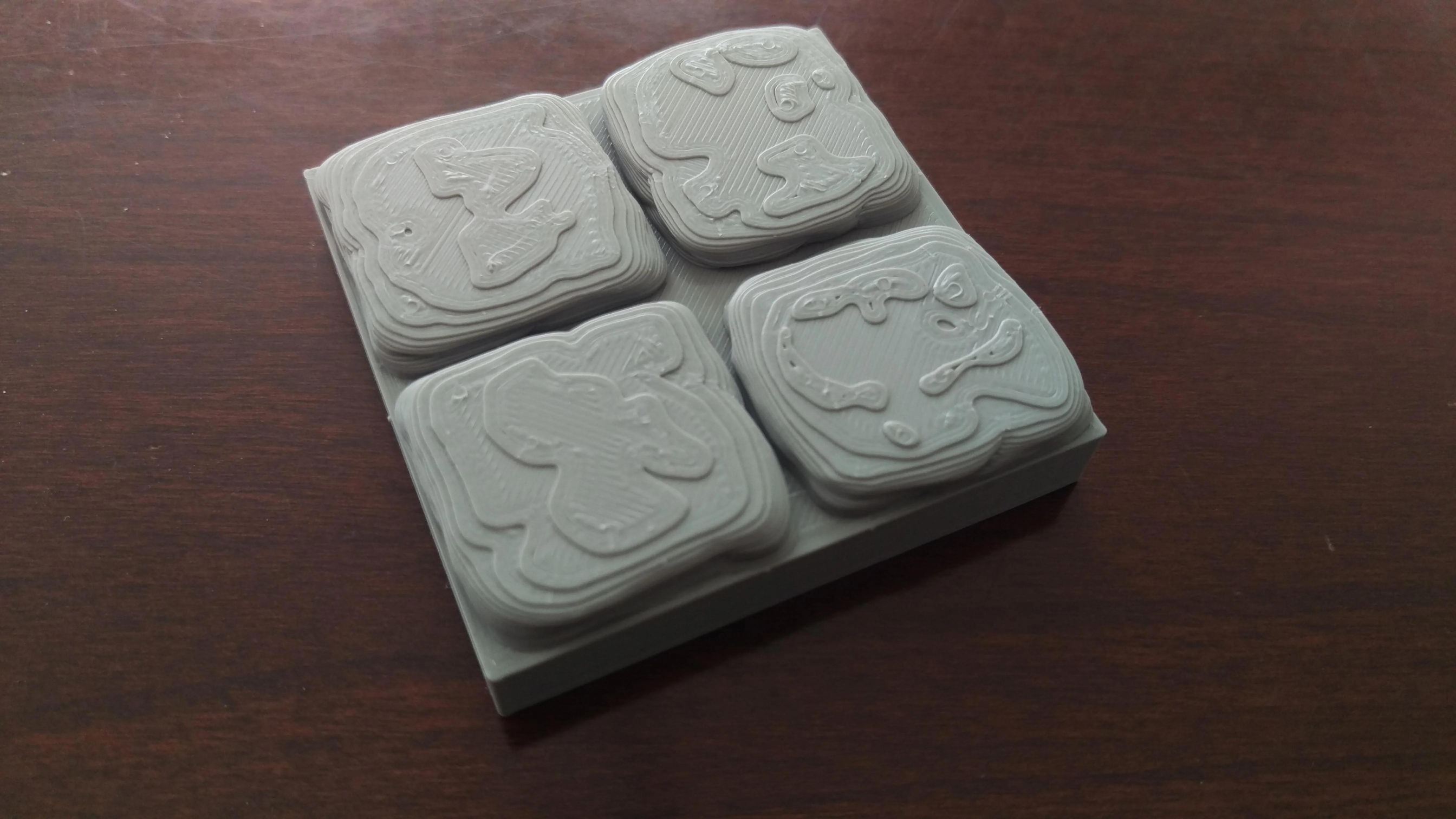
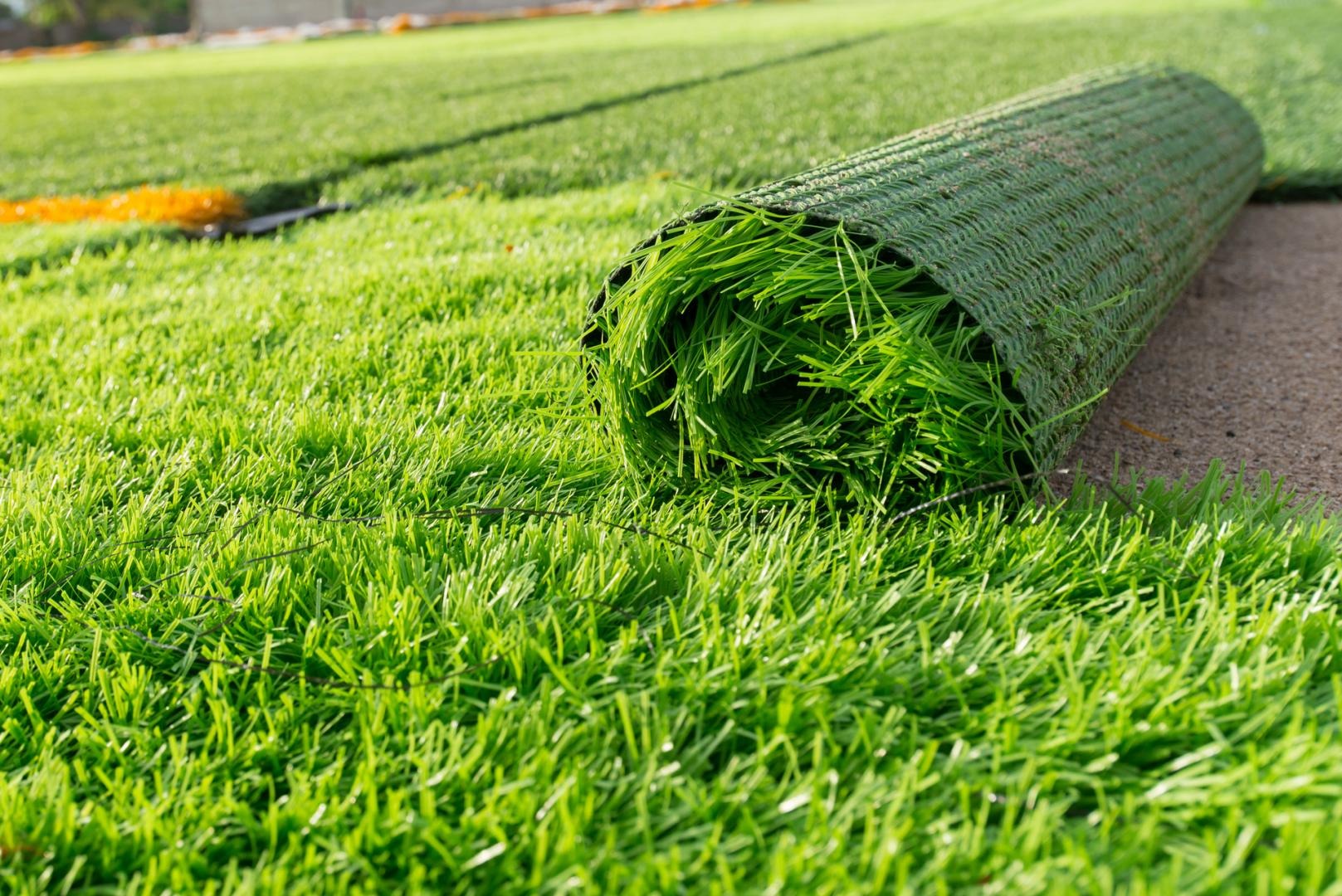
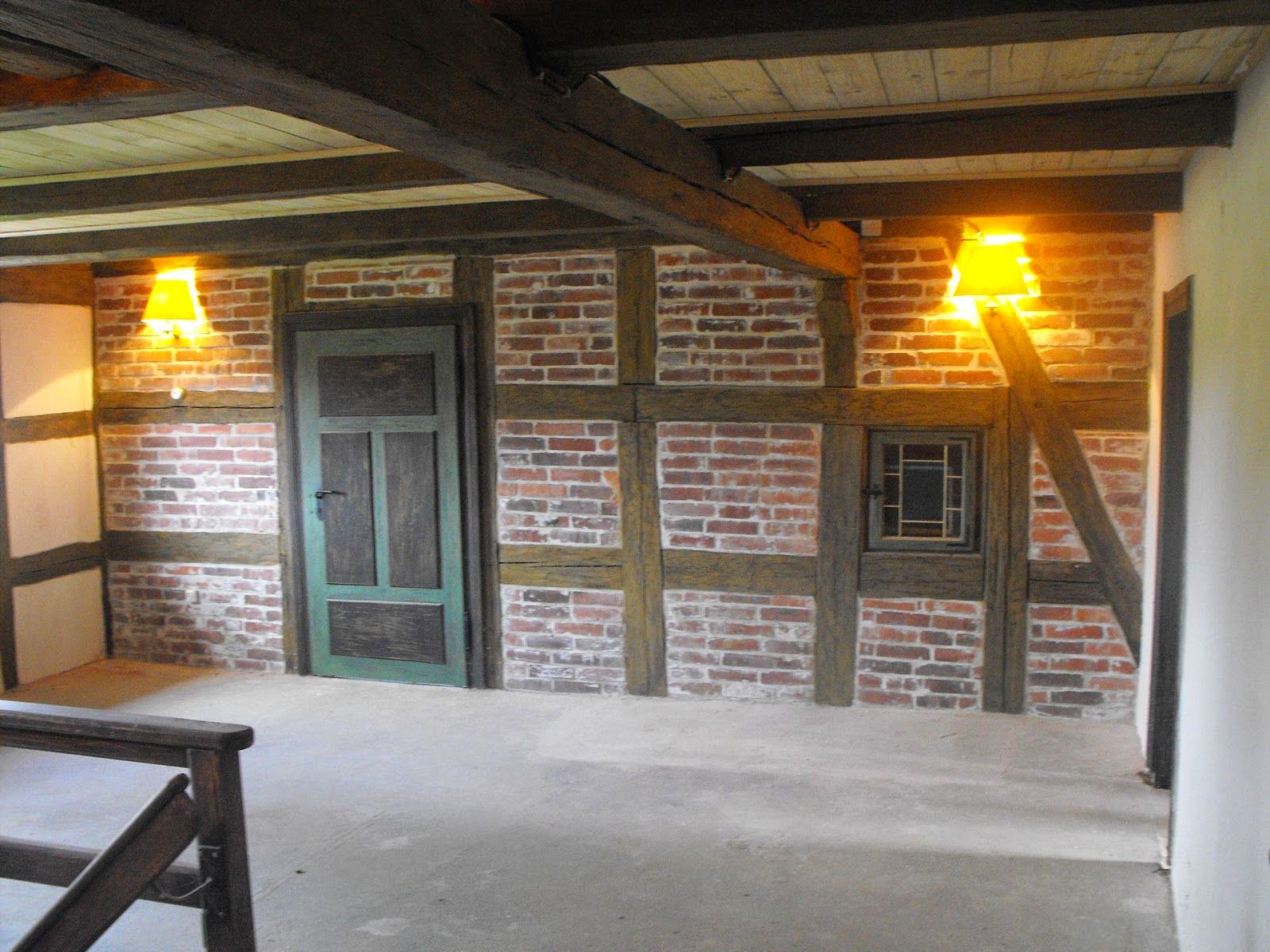

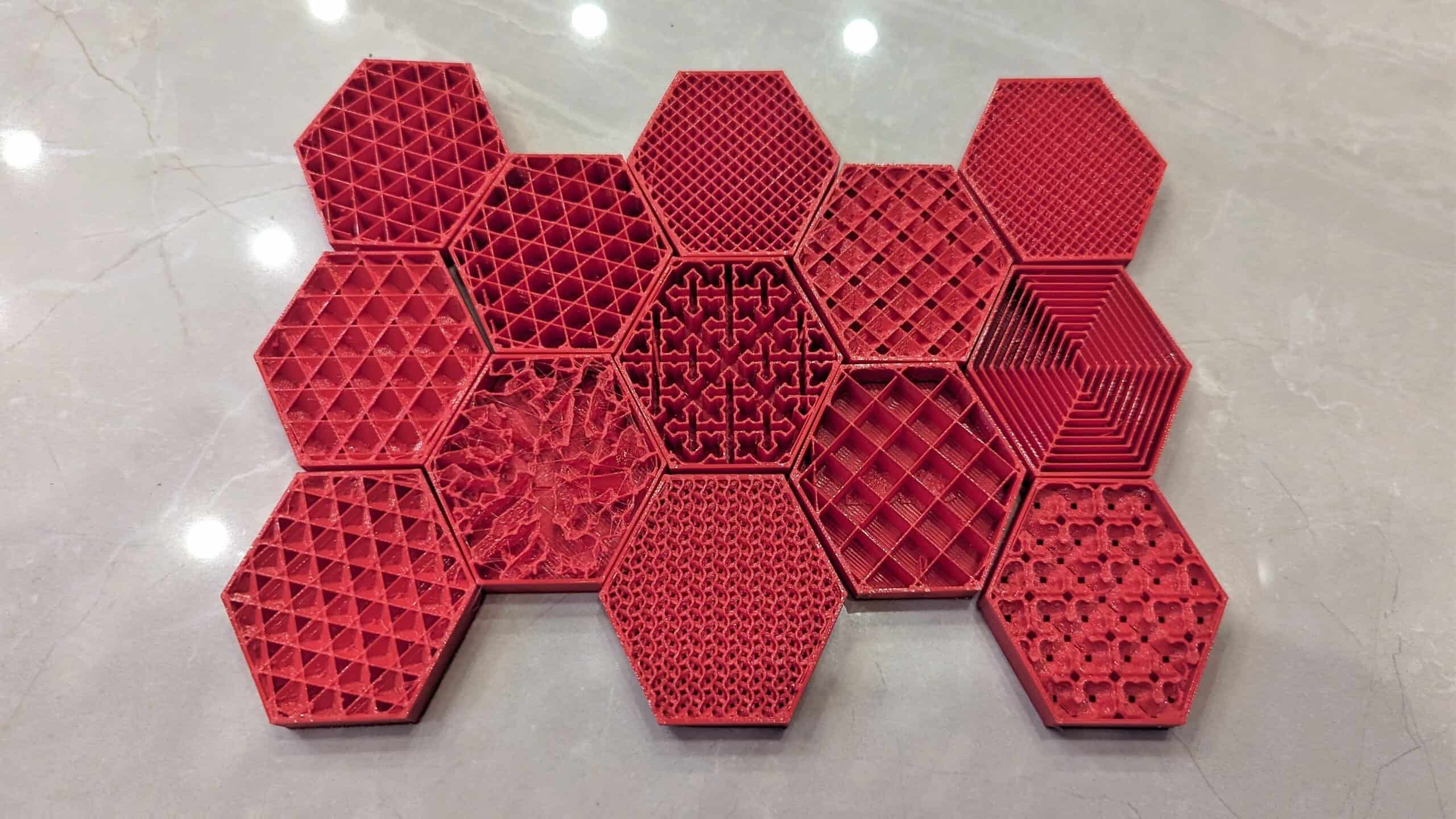
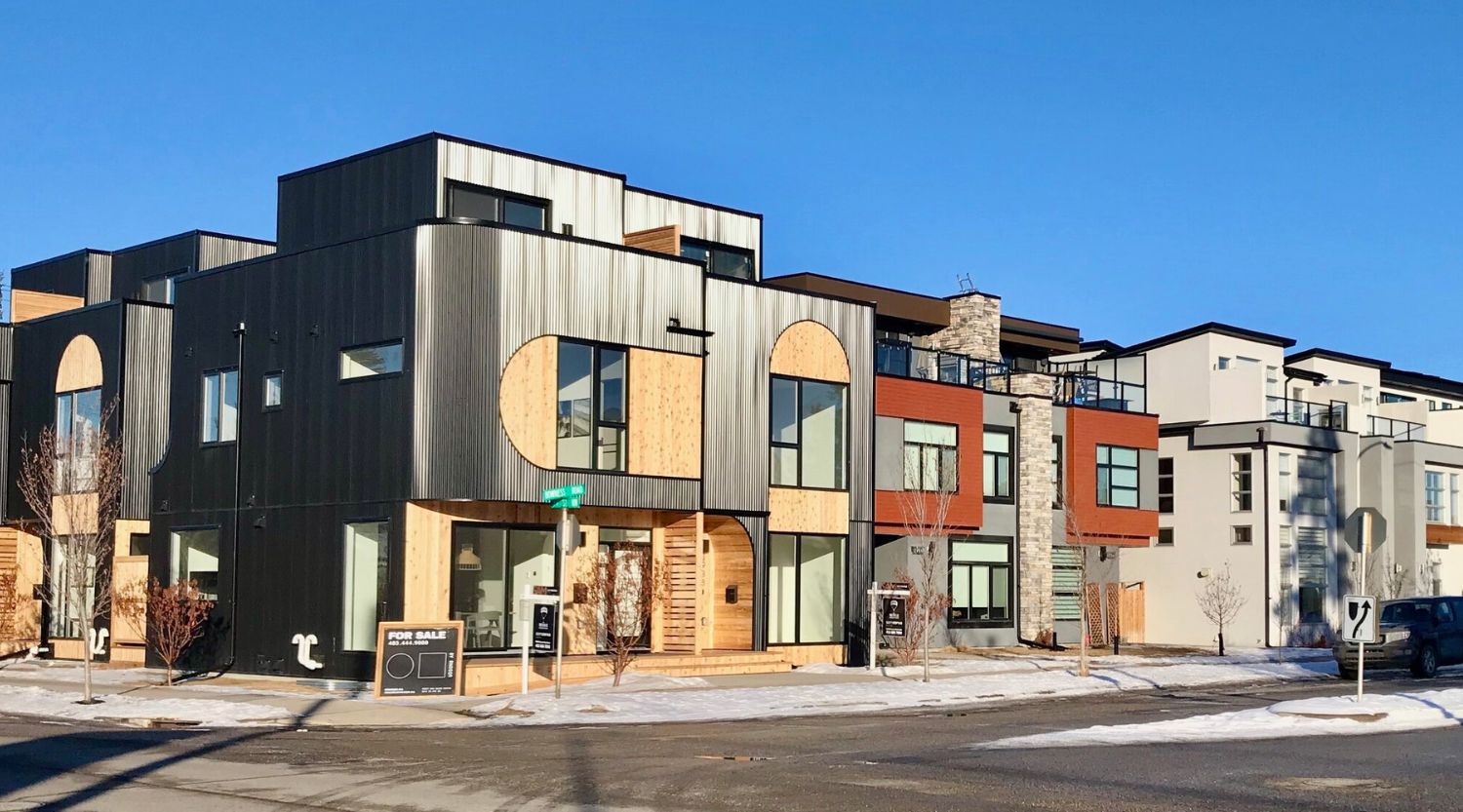
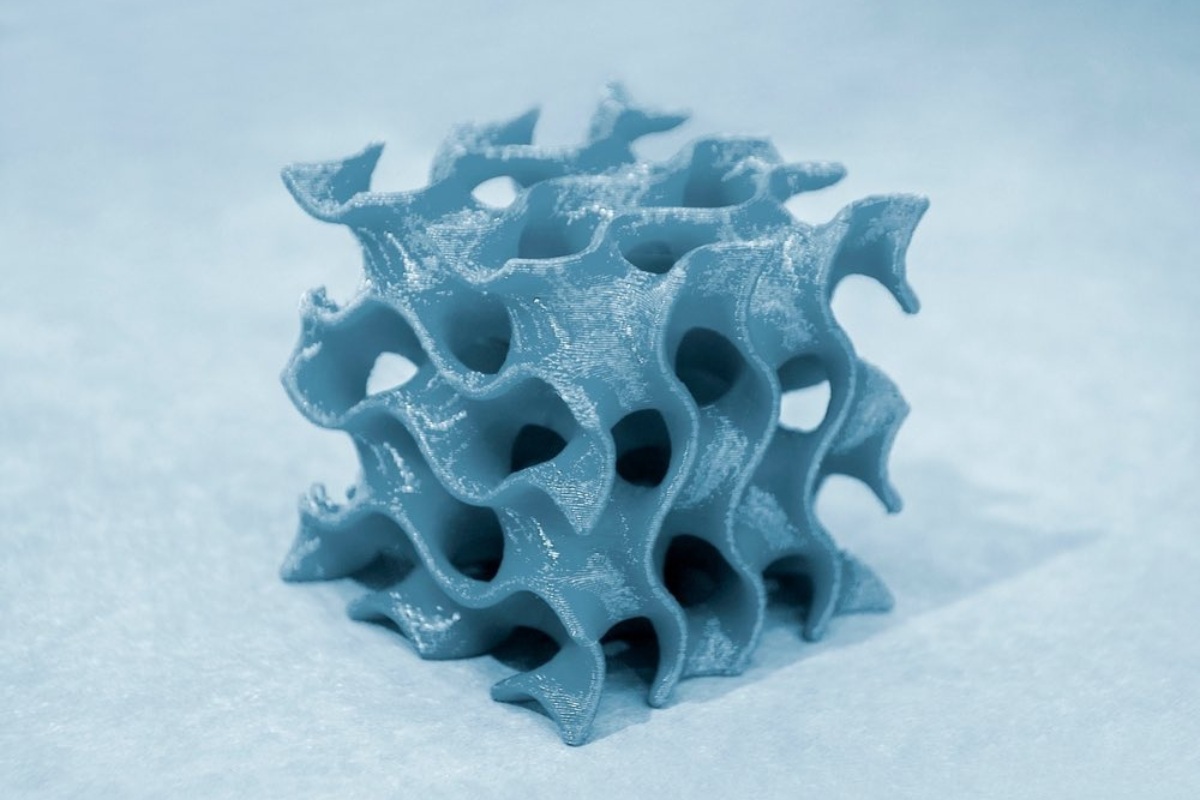

0 thoughts on “Synthetic Grass – What Is Infill”